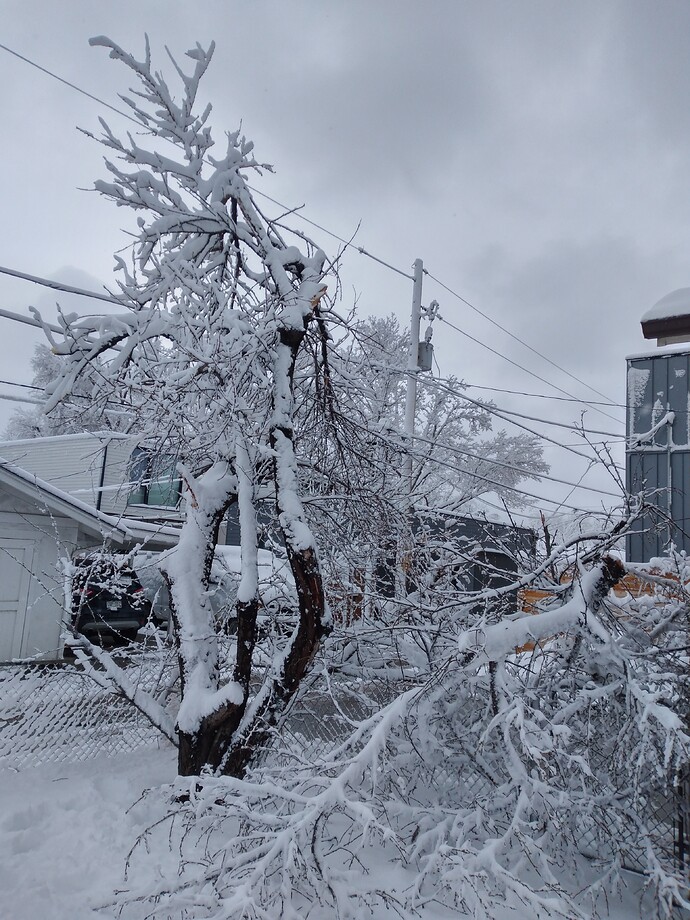I don’t believe this is true. There are commercial peach orchards in the northeast where such sequences are common or at least used to be in the '90’s, when I started this business. A well hardened peach tree doesn’t even suffer flower blossom damage until temps get to -13F and the only time I’ve entirely lost a crop was when it reached -20F- all trees survived, but further upstate where it got around -28 there were lots of dead trees.
-15F seems to kill the biggest flower buds on the best positioned parts of the tree, IME, and your crop can come form the smaller shoots you’d normally prune away. This is one reason it is beneficial to wait until bloom to prune peaches after a harsh winter.
I can’t find anything in the literature about the increasing consequence of sequential days of extreme cold, but it’s hard to imagine that it would make that much difference or it would be there. Trees immediately begin to harden off during cold events. There is lots of peach growing in Michigan after all, and not all of it in the most favorable lake-influenced locations.
Anecdotal observations are dicey because how hardened off trees are at any given point depends on preceding temps and how deep you are into winter along with variety, relative health and vigor of trees.
“Damage to the Michigan peach crop is most often due to mid-winter low temperatures, often associated with clear still nights or nights with wind coming from a direction that misses the warming influence of the Great Lakes. In general, when temperatures reach -13 F, damage to the relatively tender peach bud is expected. There is some evidence that a rapid drop in temperature is tougher on fruit buds than a slow decline, because a slow decline allow time the buds to acclimate”.
from https://www.morningagclips.com/cold-damage-to-peaches/
There are many varieties of peaches that are considered hardy in z5. Subset Zone Temperatures
Each zone subset is separated by 5°F. For Zone 5, the temperature range is:
- Zone 5: The minimum average range of temperatures is -10° to -20°F.
- Zone 5a: This subzone has a minimum average temperature of -15° to -20° F.
- Zone 5b: This subzone has a minimum average temperature of -10° to -15°F.
From Stark Bros. For example, the Reliance peach tree bears peach crops as far north as Canada. Late-blooming varieties, like Intrepid peach, avoid late spring frost zaps that limit fruit production. These peach trees are recommended for the colder parts of zone 5 and are even hardy enough to grow and bear in zone 4.
And… https://ag.umass.edu/sites/ag.umass.edu/files/fact-sheets/pdf/peaches.pdf
![]()









